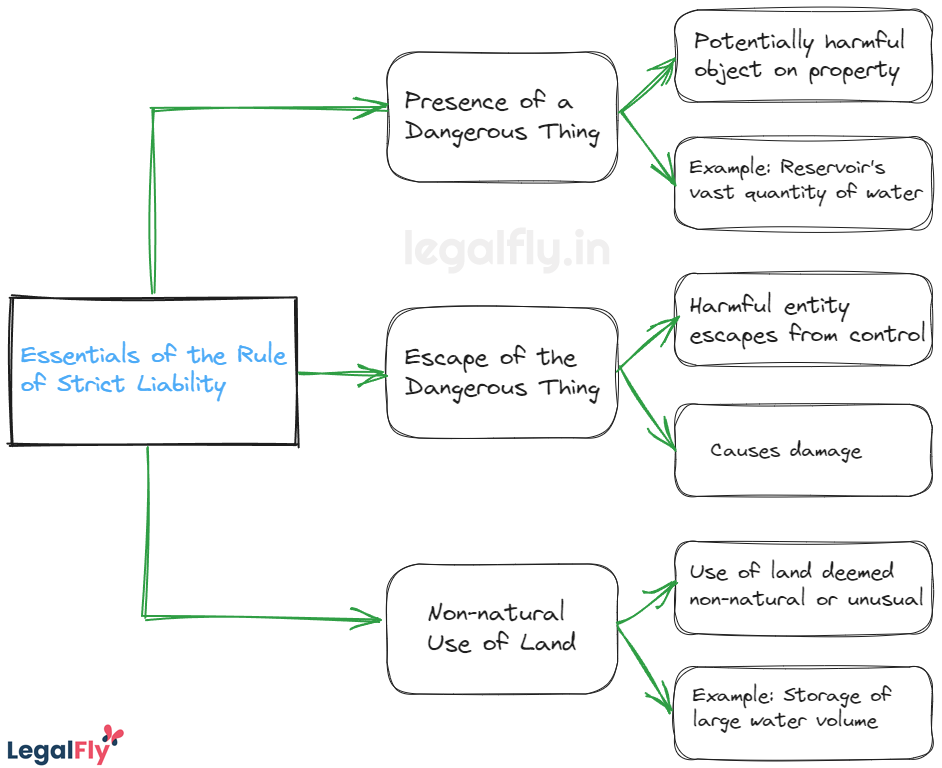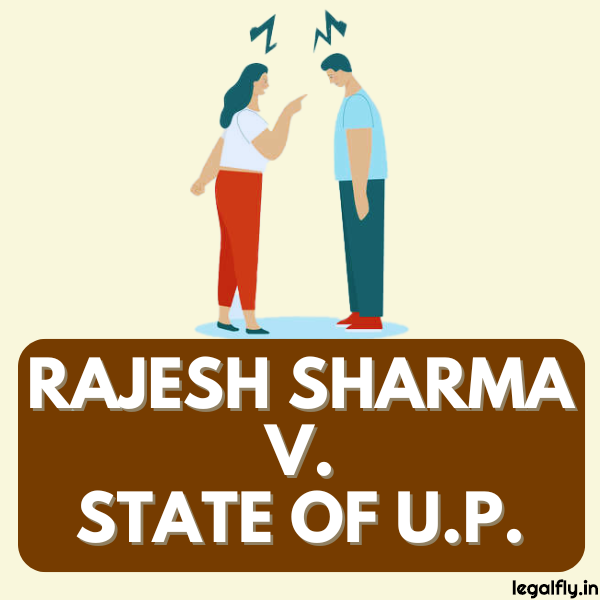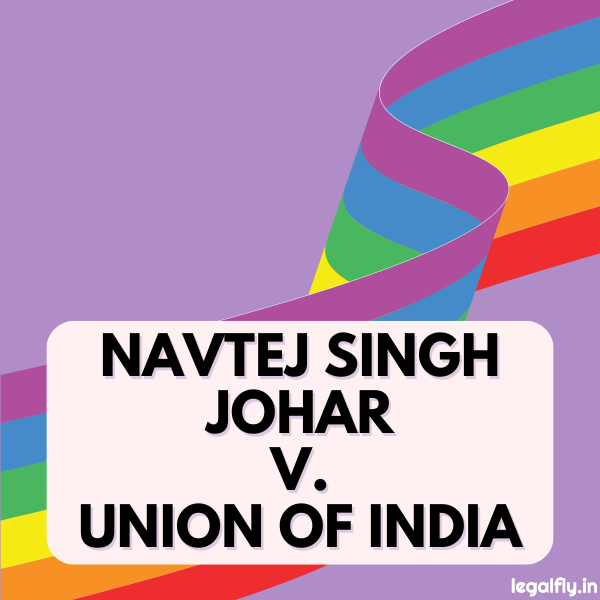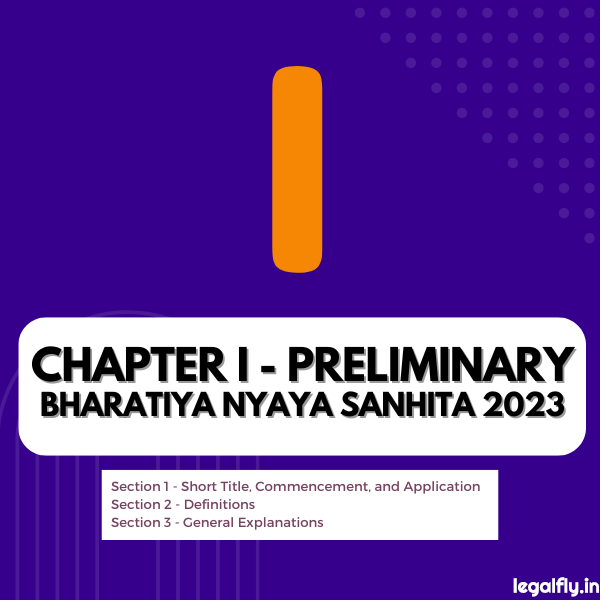Case Name: Rylands v. Fletcher Court: House of Lords Year: 1868 Citation: (1868) L.R. 3 H.L. 330
Table of Contents
Introduction
The case of Rylands v. Fletcher is a landmark judgment in the world of tort law. It laid the foundation for the rule of ‘Strict Liability’, which implies that a person can be held liable for harm even if they were not negligent in causing it.

A reservoir built for industrial progress inadvertently floods a neighboring coal mine due to an unforeseen oversight. While it may seem like a straightforward accident, in the legal world, it set the stage for a legal showdown that reached the House of Lords. The outcome? This case introduced the world to a doctrine that would become a cornerstone of tort law – the doctrine of ‘Strict Liability’. This principle asserts that an individual can be held accountable for harm, even if there was no negligence on their part in causing that harm.
This case has profoundly impacted the legal landscape, especially in India, where it paved the way for the ‘Rule of Absolute Liability‘.
Historical Background
Rylands v. Fletcher (1868) L.R. 3 H.L. 330 is a significant case originating in England. The following Key Players were involved in this case:
- Thomas Rylands: A prosperous mill owner, Rylands was the defendant in the case. He had commissioned the construction of the reservoir, which inadvertently led to the flooding of Fletcher’s coal mines.
- John Fletcher: The plaintiff, Fletcher, owned coal mines adjacent to Rylands’ property. The flooding caused by escaping water from the reservoir led to significant damage to his mines, prompting him to seek legal redress.
- The House of Lords: The apex court in England, the House of Lords played a pivotal role in this case. Their judgment not only resolved the dispute between Rylands and Fletcher but also introduced the doctrine of ‘No Fault’ liability. This doctrine set forth that an individual could be held liable for damages even if there was no negligence on their part, a principle that would have far-reaching implications in the law of torts.
Case Summary: Rylands v. Fletcher (1868) L.R. 3 H.L. 330
Facts of the Case
The defendant, Rylands, commissioned the construction of a reservoir on his land. Due to an oversight, the contractors failed to notice old, disused shafts beneath the reservoir site. When the reservoir was filled, water burst through these shafts, flooding Fletcher’s coal mines located on the neighbouring property. Despite Rylands not knowing these shafts and not being directly negligent, the flooding caused significant damage to Fletcher. Consequently, Fletcher, bearing the brunt of the losses, initiated legal proceedings against Rylands.
Issue
The central question was whether Rylands could be held accountable or liable for the damages caused to Fletcher’s coal mines due to the unintended escape of water from his reservoir, even without any negligence.
Rule
The legal principle that emerged from this case was clear: If an individual introduces onto their property something that has the potential to cause harm if it escapes, they are, on the face of it, liable for any ensuing damage that naturally results from its escape.
Holding
The House of Lords, in their judgment, held Rylands liable. They reinforced the doctrine of Strict Liability, asserting that individuals who introduce potentially harmful elements onto their property bear the responsibility to ensure that these elements do not escape and inflict damage. Furthermore, they emphasized that how the land is used, from which the escape transpires, should be deemed non-natural or unusual.
Reasoning
The court’s rationale was anchored in the idea that storing a substantial volume of water in the reservoir constituted a non-natural use of land. The fact that Rylands was neither negligent nor had any intention to cause harm was overshadowed by the reality that he had introduced onto his property an element that, if it escaped, was bound to cause damage.
Conclusion
Rylands v. Fletcher wasn’t just another case; it was the bedrock upon which the rule of ‘Strict Liability’ was established. This rule underscored that a person could be held liable for harm even if they were not negligent in causing it.
Judicial Proceedings and Arguments
- The Court of Liverpool: The initial judgment favoured Fletcher, citing both trespass and nuisance. Subsequently, an arbitrator from the Exchequer of Pleas determined that while the independent contractors were negligent, Rylands was not directly liable.
- Exchequer of Pleas: The case progressed to the Exchequer of Pleas, where the court was divided on whether the defendants were liable for the contractors’ actions and if they were responsible for the damage despite their lack of negligence.
- Court of Exchequer Chamber: Dissatisfied with the verdict, Fletcher appealed to the Exchequer Chamber. The court overturned the previous judgment, emphasizing that anyone who brings something potentially harmful onto their land must ensure it doesn’t escape and cause damage.
- House of Lords: Rylands appealed to the House of Lords, which dismissed his appeal. The House of Lords dismissed his appeal, aligning with the Exchequer Chamber’s stance, but added as a pivotal factor that the use of land from which the escape occurs must be considered non-natural or unusual.
The Tort of Strict Liability Explained
Definition and Significance:
Strict Liability, as a principle in the law of torts, defines that an individual can be held liable for harm or damages even if they did not act negligently or with malicious intent. The essence of this doctrine is that certain activities or actions inherently carry risks, and those who engage in such activities should be held accountable for any harm that results, irrespective of their intent or the precautions they took. This principle underscores the importance of responsibility and accountability, especially when potential damage is significant.
Essentials of the Rule of Strict Liability
- Presence of a Dangerous Thing: For the rule to apply, a potentially harmful object or substance must be introduced onto one’s property. In the context of Rylands v. Fletcher, the reservoir’s vast volume of water was dangerous.
- Escape of the Dangerous Thing: The harmful entity or substance must escape from the defendant’s control and subsequently cause damage.
- Non-natural Use of Land: How the land is used should be considered non-natural or unusual. In this case, storing a large volume of water was deemed a non-natural use of land.
Differences Between Strict Liability and Other Torts
While many torts require proof of negligence or intent to harm, Strict Liability stands apart. In cases of Strict Liability, the focus is not on the defendant’s conduct but on the nature of the activity and its potential consequences. The plaintiff need not prove negligence or intent; they must merely demonstrate that the defendant’s action or activity led to harm.
Exceptions to the Rule
While the doctrine of Strict Liability is stringent, there are recognized defenses that can absolve a defendant of liability:
- Plaintiff’s Fault: If the escape and subsequent harm were due to the plaintiff’s actions or negligence.
- Act of God: If the escape was caused by natural events beyond human control, like earthquakes or floods.
- Plaintiff’s Consent: If the plaintiff was aware of and consented to the risks.
- Third Party’s Actions: If a third party, without the knowledge or control of the defendant, caused the escape.
- Statutory Authority: If the act or activity that led to the escape was authorized by law or statute.
Rylands v. Fletcher Case Judgement: Key Takeaways
Important Points from the Judgment
- Doctrine of Strict Liability: The House of Lords established the doctrine of Strict Liability, emphasizing liability even without negligence.
- Non-natural Use of Land: The use of land must be non-natural or unusual for the doctrine to apply.
- Liability Despite No Negligence: Rylands was held liable even without any negligence on his part.
- Role of Independent Contractors: While contractors were found negligent, the liability rested with Rylands.
The Lasting Impact on Tort Law
- Foundation for Future Cases: The doctrine has been a foundational principle for numerous subsequent cases.
- Emphasis on Responsibility: The case underscored the importance of responsibility in industrial and commercial activities.
- Influence Beyond England: The judgment’s principles have been incorporated into legal systems beyond England, including India.
- Evolution of Tort Law: The case played a pivotal role in the development of tort law, emphasizing adaptability and modern challenges.
Impact in India
The rule of Strict Liability from Rylands v. Fletcher later evolved into the ‘Rule of Absolute Liability’ in India, especially in the case of M.C. Mehta v. Union of India. The Indian Supreme Court emphasized that it wasn’t bound by 19th-century English rule and could develop a rule suitable for contemporary Indian conditions.
Conclusion
The Rylands v. Fletcher case has played a pivotal role in shaping the law of torts, setting a definitive standard for the duty of care, particularly during rapid industrialization and globalization. In India, this rule has been instrumental in ensuring accountability, especially in scenarios marked by hazardous undertakings. A prime example is the Bhopal Gas Tragedy, where the principles of this case were invoked to seek justice. As we reflect on the legacy of Rylands v. Fletcher, it serves as a powerful reminder of the delicate balance between industrial progress and the inherent responsibilities that come with it, ensuring that the scales of justice remain equitably balanced.
If you’re interested in learning more about the legal concept of negligence, check out our case brief with study notes on another landmark judgement made by the House of Lords. It’s considered a crucial foundation for modern law of torts – Case Brief: Donoghue v. Stevenson – A Landmark in Tort Law
References: https://www.bailii.org/uk/cases/UKHL/1868/1.html https://en.wikipedia.org/wiki/Rylands_v_Fletcher







